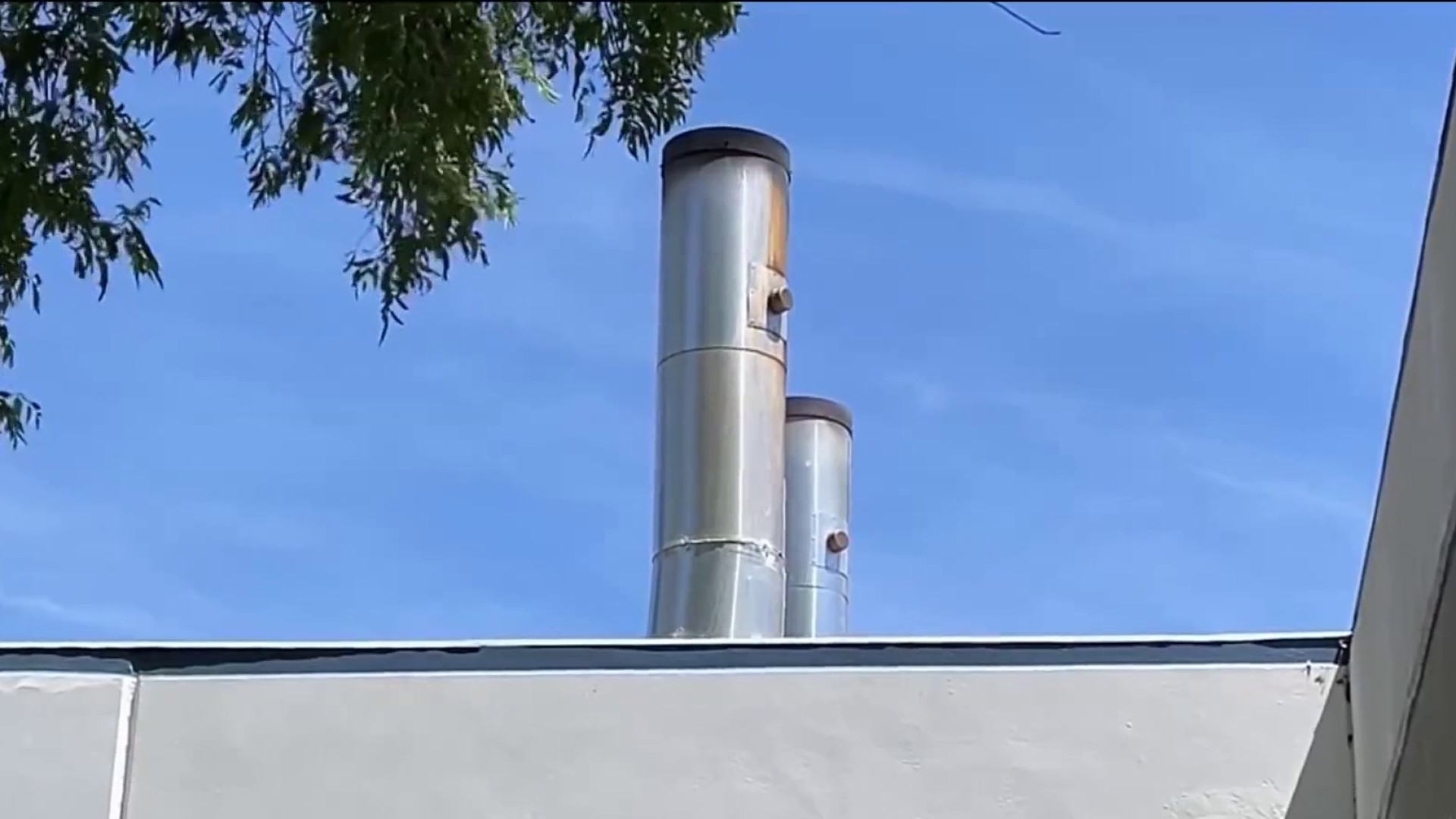A common outage-prevention technology that has been blamed for fueling wildfires worldwide may have helped spark the North Bay firestorm, experts say.
The potentially problematic device, known as a recloser, is essentially an automated circuit breaker. When a fault is detected on a power line, the device helps ensure reliable service, according to retired PG&E engineer turned consultant Dan Mulkey.
When a fault “trips” on a line, power would normally be lost, Mulkey said. But the recloser sends three quick test bursts of power back down the line. The jolts test whether a problem might clear up on its own.
“In the first trip, it will then reclose,” said the 42-year PG&E engineer who retired two years ago. If the “fault is still there, it trips out again, and it will reclose one more time. So it’s three shots to lock out…automatically.”
Mulkey says power lines routinely bind together in the wind. When power is out, the fused lines will typically separate. Then, with the device, the problem circuit can automatically be “reclosed,’’ boosting reliability and saving money.
“That’s in the overhead,” Mulkey says. “Most of the faults are temporary.”
But when a line is down in a windstorm, those “shots” the recloser has sent can repeatedly torch any surrounding brush or trees with as much as 9,000 degree Fahrenheit plasma. That arcing can shower trees and brush with sparks.
Local
That’s what is suspected to have helped fuel the 2007 Witch fire in San Diego, according to regulatory filings against San Diego Gas & Electric in the fight over whether utility customers should pay $379 million in fire costs. And reclose technology was blamed by the Royal High Commission for the massive Bush fire in Australia two years later. It took 119 lives.
The High Commission found the Bush fire likely would not have occurred had the recloser technology not kicked in.
Two years ago, State Sen. Jerry Hill asked whether PG&E would follow the example of the states’ other two major utilities in vowing to idle their reclose technology during periods of high fire danger.
“Very similar to my colleagues,” PG&E electrical system executive Patrick Hogan told Hill at a legislative hearing in November 2015, suggesting that the utility would unplug its reclosers in response to high fire danger. “We’re able to, in high risk conditions, to take the recloser out of service. So it basically only trips once and doesn’t reclose – so you take the reliability hit but you gain the wildfire benefit.”
“That’s good, that’s good to hear,” Hill said.
In a prepared statement at the time, Hogan said PG&E hoped to be able to shut down its reclosers within 132 identified fire-prone zones by the start of 2017.
But PG&E has not said whether it actually did block its reclosers before the North Bay firestorm – leaving Hill concerned.
“I’m interested in knowing whether they did that this time, in that location, or did that recloser turn it on and start another fire nearby, in another location,” Hill said.
In its statements to NBC Bay Area, PG&E did express concern about “broad and far-reaching potential safety impacts” about the unnecessary loss of power to hospitals and first responders.
It also said it had launched a limited pilot project this year to remotely turn off some of its reclosers – including some in Napa and Sonoma -- in high fire danger zones in high risk conditions.
“The pilot-program devices we have in the wildfire-impacted areas worked as designed,” the utility said, without indicating whether they were turned on or off.
Even if PG&E shut off the pilot-project reclosers, experts tell us that as many as half of PG&E’s recloser devices can’t be shut down by system contollers – they have to be turned off in the field.
Hill says getting a full answer on the recloser question could help solve the fire puzzle. “We’ll get it eventually, that’s for sure,’’ he said, “but maybe not until the investigation is concluded.”



